[Editor’s note: This story discusses child abuse and death. It may be triggering to some readers.]
A B.C. region where two Indigenous children were horrifically abused in foster care — one of them fatally — has the second lowest compliance rate for safety measures like routine screening of caregivers.
The data shows none of the 13 regions audited in 2020 or 2021 even met 50 per cent compliance — a red flag demonstrating B.C.’s foster care system is continuing to fail vulnerable kids, say critics.
But the 2020 audit shows that in East Fraser, the service delivery area that includes the home the children were placed in, workers from the Ministry of Children and Family Development had not done a required annual in-person visit for 22 of 43 foster care placements.
Social workers are supposed to do visits to foster homes every 90 days. The audit found that for seven files, there was no documentation to show any of those visits had happened.
“It just seems to be the pattern with the ministry — recommendations are always forthcoming. But what are they doing with them?” asked Cheryl Casimir, a member of the Ktunaxa Nation who sits on the political executive of the First Nations Summit.
When she stepped in to care for her grandchildren several years ago, Casimir said, she frequently interacted with social workers from the Ministry of Children and Family Development.
“These are just standard practices to follow up and do home visits and check in on children,” she said.
During a criminal trial that ended in a conviction of two foster parents for manslaughter and aggravated assault, the court heard there had been no virtual or in-person visits to check on the two children for seven months. This home was located in Lake Errock, near Chilliwack.
One of many assaults the children endured caused the death of the 11-year-old boy from a traumatic brain injury on March 1, 2021. The boy was also emaciated at the time of his death.
The judge described the prolonged abuse he and his sister were subjected to as “torture.”
Casimir said that she herself was a victim of abuse as a child.
“I can just imagine those kids, wondering: ‘Where are the people? Somebody needs to come and save me,’” Casimir said.
Following the sentencing of the Lake Errock foster parents to 10 years in prison, Mitzi Dean, minister of children and family development, said a “thorough review” had taken place inside MCFD. She said that ministry policies had not been followed “in this particular situation,” but that “all remedial action steps have already been completed” following the review.
That response was deeply inadequate, say advocates and critics.
The First Nations Leadership Council has now called for Dean to resign.
Karin Kirkpatrick, BC United’s Opposition critic for child care, has called for a public inquiry into the ministry.
Green Leader Sonia Furstenau told The Tyee that the horrific abuse case shows the system needs to be “unbuilt,” with jurisdiction and funding handed to First Nations.
Now that the criminal trial has concluded, the Representative for Children and Youth, which is B.C.’s watchdog for children and youth in care, will take a year to do its own investigation.
Data shows huge gaps in foster care home safety
While the Lake Errock case is one of the most disturbing child death cases in recent years, audit data from the MCFD shows that many regions are scoring shockingly low on basic safety checks and ongoing monitoring of foster care homes.
The practice audits track compliance on 13 measures, including preliminary checks of caregivers, whether criminal record checks have been done, caregiver training and if caregivers have been told they must report all health and safety incidents to social workers. Also tracked are whether the homes are being checked regularly by social workers and whether concerns about quality care have been assessed.
The audits show regions across the province scoring very low on many of these basic duties.
At 33 per cent, East Fraser has the second-lowest overall rate of compliance with the audit.
Shelly Johnson, a member of the Saulteaux First Nation and an education and social work academic with 25 years of experience as a B.C. child welfare social worker, wonders what happened to the region’s resource social workers. These workers are tasked with collecting criminal record checks, medical and personal references for potential foster parents and conducting site visits to their homes.
“There had to be either a total catastrophic breakdown in that home study process, or everyone was lying,” said Johnson, an associate professor of education and social work at Thompson Rivers University, adding she also wonders what the family’s community knew about the abuse.
“I just have a hard time believing that many people would collude to say everything’s fine here, when it wasn’t.”
The practice audits also show that very few service delivery regions are documenting whether social workers are regularly visiting foster care homes after children are placed there.
Many of the regions recorded a zero per cent compliance rate for ongoing monitoring. That could mean that the visit happened later than it should have or wasn’t documented properly.
But in many cases, it’s clear that the required visits aren’t happening at all. In the 2020 audit for East Fraser, the auditors stated that seven files “had no documentation indicating that in-person visits in the caregiver’s home had ever occurred during the three-year audit timeframe.”
The audit results are a clear sign of failure that needs government accountability, Johnson said, adding she is in favour of an inquiry for this reason.
“I didn’t feel like anyone was listening to us as frontline people. I didn’t feel that the children had a voice,” Johnson said, referring to her time as a child welfare social worker. “I felt like if I was to speak up as a social worker, I would put my career at risk. I don’t think much has changed since then.”
The audit for the North Fraser region shows that while there was a zero per cent compliance rate for regular visits to foster care homes, that was because of poor documentation and delayed visits. When it came to the annual reviews, the audit found that 27 out of 40 files didn’t contain all the annual reviews that should have been completed in the time frame of the audit. Two files didn’t have any information about annual reviews at all.
The audits also show that many potential caregivers are not being thoroughly screened. In East Fraser, auditors found that in six cases, children had been placed in foster homes before these basic checks had been completed. The audit states that “in almost a third of the files the analysts were unable to confirm that all of the required screening and assessment activities were completed before a child was placed in the home.”
Other regions also have low rates of completing background checks: for instance, in the Northwest region, analysts found eight cases of children being placed in foster homes before the required checks had been done.
Jennifer Charlesworth, the representative for children and youth, says these low scores demonstrate of a lack of capacity due to high rates of job turnover and vacancies, in part because of B.C.’s ongoing post-pandemic labour shortage.
But the low scores also illustrate a lack of adequate training for frontline social workers, which is outlined in the RCY’s April 2022 report on quality care planning, which included interviews with child welfare social workers.
“They said they didn’t know what was expected of them. They hadn’t had the training that was necessary to know how to do the work,” Charlesworth said. They also reported unsustainable caseloads, with one social worker saying they had as many as 47 case files at once.
Charlesworth noted the East Fraser audit was based on case files from 2017 to 2018, before the pandemic, the ongoing labour shortage or the children in this case were placed in this foster home.
The representative’s office relies on social workers’ documentation of situations like when a child is injured while in care when it is doing an investigation. “From my perspective those are really important because then there are other eyes on what might be happening to the child,” Charlesworth said.
Nevertheless, Charlesworth cautions against drawing conclusions based on the small sample of files that had been reviewed during the audits. The East Fraser audit reviewed just 43 files, for example. Audits are conducted on a rotating schedule every three years.
“It is concerning to me. I have lots of questions,” she said. “In the report it says a number of times that the work may well have been done, but it wasn’t documented.”
Documentation is important for several reasons, Charlesworth added, including the high staff turnover rate. Keeping a record of what has happened to the child, their plans and goals, and the people and professionals who support them, is important for a continuity of care if new social workers are assigned.
Caregivers in B.C.’s foster care system are supposed to complete mandatory training within two years of being approved to be a foster parent. Many of the audits show low rates of completion. Some, like the northwest, had zero compliance with this supposedly mandatory requirement.
Child placement information is supposed to be given to caregivers to provide information on the child’s history and care needs. Many of the audits show this information isn’t being passed on: for the Northwest region, for instance, there was documentation that this had been done for only six children out of 258 kids in care.
Watchdog investigation will be thorough, representative promises
The number of kids in care in B.C. has declined significantly to just under 4,800 kids today, from a high of nearly 10,800 kids in care in the early 2000s. The kids who are in care today have “extremely complex needs,” Charlesworth said.
“You might have special needs, mental health and substance use all co-occurring in an environment where you can’t find any placements.”
Over two-thirds of kids in care are Indigenous, despite Indigenous kids making up just 10 per cent of children and youth in B.C.
Charlesworth doesn’t see the need for a provincial inquiry into this case because that’s the role her office was created to fill in 2006.
The Hughes Review, an inquiry into the MCFD’s child welfare practices in the early 2000s, was sparked by the suspicious deaths of two First Nations toddlers in care: three year-old Savannah Hall and two-year-old Sherry Charlie. While no one was held responsible for Hall’s death, Charlie’s great-uncle Ryan George was convicted of manslaughter in her death and sentenced to 10 years.
One of retired justice Ted Hughes’ recommendations was creating the Representative for Children and Youth office, “so that we can in very short order and with the expertise that we have, understanding the broader system of care, intervene quickly,” Charlesworth said.
“I’m an independent office. I’m not going to hold back. I’m responsible to all parties and to the Legislative Assembly. I have the independence that I think is necessary for something of this magnitude.”
Charlesworth’s office has been monitoring the Lake Errock case since the fatally injured child was admitted to hospital in late February 2021. But they could not start their investigation until the criminal case concluded last month. The investigation will come with recommendations for change, but the government has a poor track record of implementing the representative’s past recommendations.
A recent five-year review of progress on 63 recommendations made for the ministries of children and family development, health, mental health and addictions and education and child care found only 14 per cent of recommendations had been fully implemented. Forty per cent had no progress at all.
One-third of recommendations for the MCFD had no progress, but over half of the recommendations for the health and mental health and addictions ministries were untouched. None of the 14 recommendations for improved engagement with First Nations, Inuit and Métis organizations were completed.
Charlesworth notes some recommendations from her forthcoming investigation will take time to implement.
“There’s no overnight fix,” she said, adding she is concerned about the ongoing impact of the abuse on the other children placed in that home, including the deceased child’s sister, their foster siblings and the foster parents’ biological children.
Johnson noted this case doesn’t just reflect a failure on behalf of the MCFD, but all levels of government, particularly provincial and federal, to adequately and equitably support Indigenous communities.
Residential schools, the ‘60s Scoop and the Millennium Scoop all have led to cases of abuse and death of Indigenous children, Johnson said.
“It’s the politicians that set the determination for the size of the caseloads. They’re the ones responsible to hand out the resources,” Johnson said, adding other ministries that touch Indigenous kids’ lives, such as education and health, also share responsibility.
“They’ve made a decision somewhere that these children are not valuable enough to have reasonable resources to do that job that they’re asking social workers to do.”
* Story updated on June 30 at 1 p.m. to include additional information. ![]()
Read more: Indigenous, Rights + Justice, BC Politics






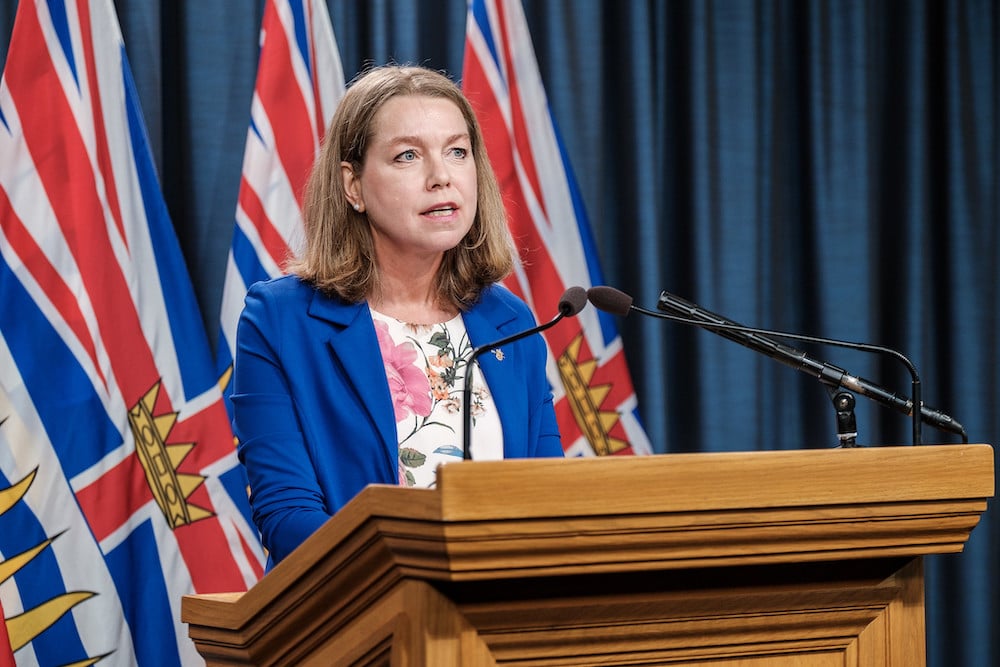



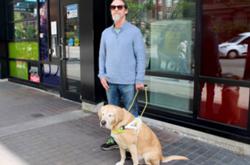




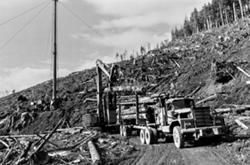
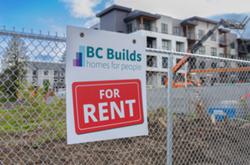
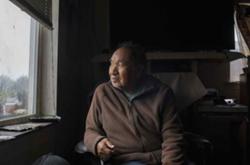
Tyee Commenting Guidelines
Comments that violate guidelines risk being deleted, and violations may result in a temporary or permanent user ban. Maintain the spirit of good conversation to stay in the discussion and be patient with moderators. Comments are reviewed regularly but not in real time.
Do:
Do not: